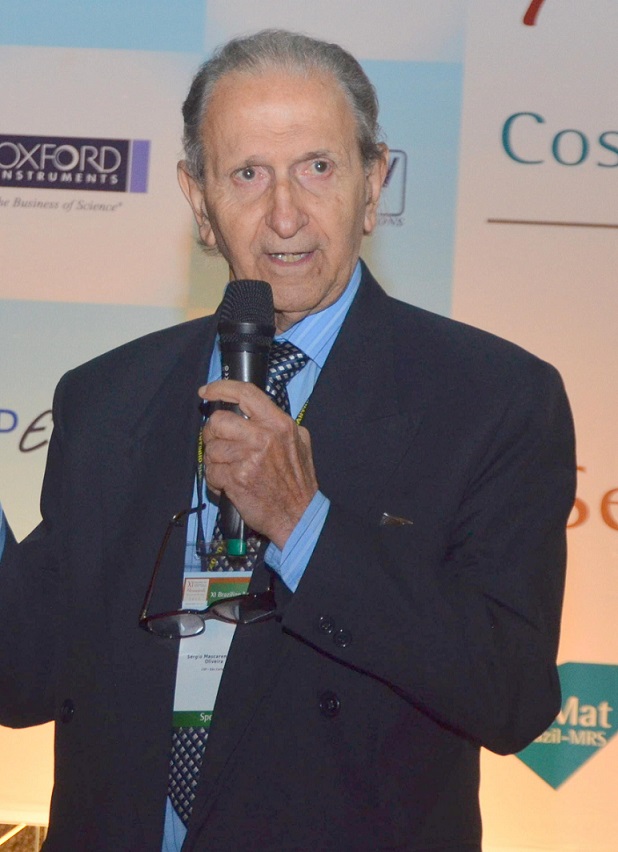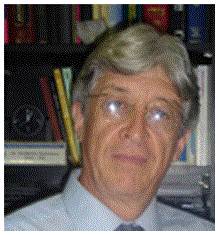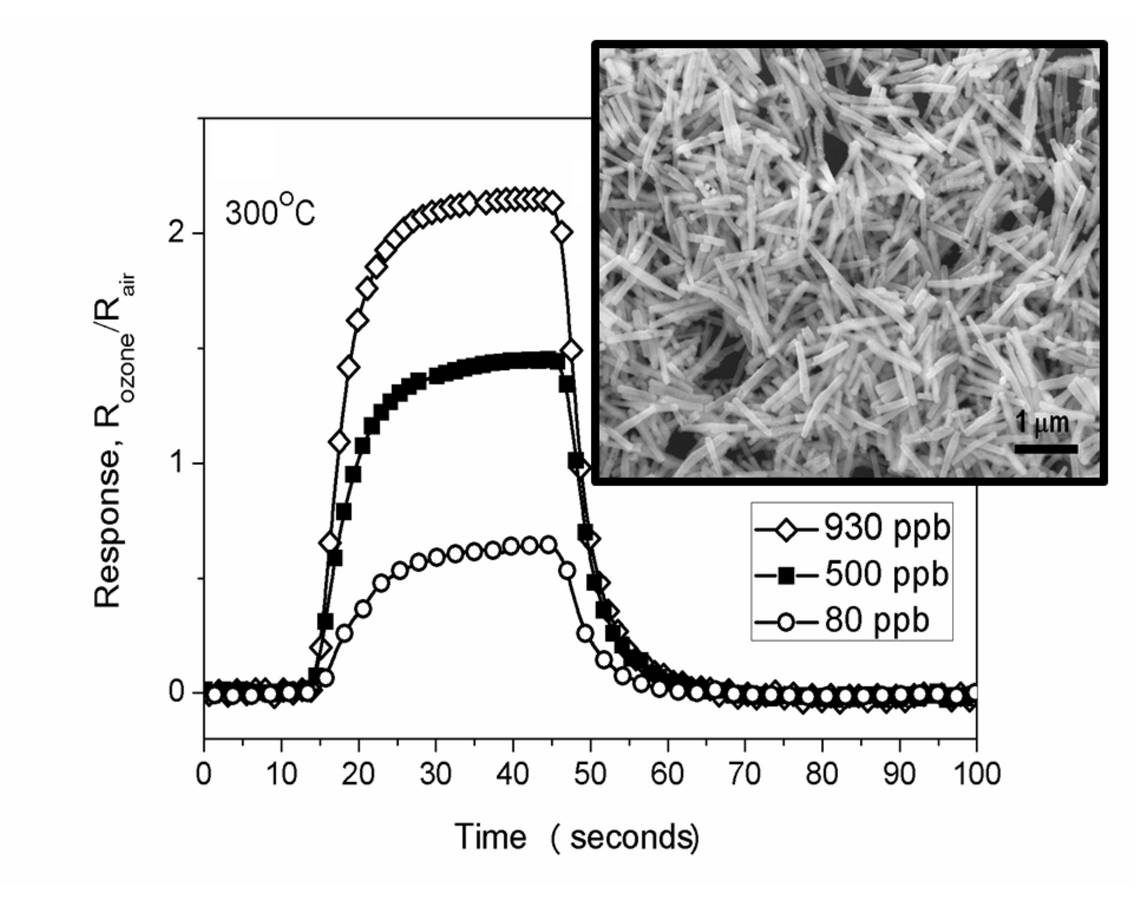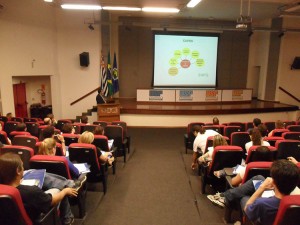
Along his path as a scientist, Sergio Mascarenhas Oliveira, currently 85, has provided some important contributions to the improvement of the scientific research, mainly in Brazil, and for the Materials field in particular. Starting from Solid-state physics, pillar of the Materials Science, he covered several domains of knowledge, such as Molecular Biophysics and Medical Physics, to name a few. Impelled by the idea of fulfilling the social role of the scientist, which is related to social development, Mascarenhas promoted advances in science and technology with a significant impact on areas as farming, health and education.
An example that illustrates the work of Professor Mascarenhas is the recent development of a system to measure the intracranial pressure that is minimally invasive. The motivation for this came when the Professor was diagnosed with hydrocephaly in 2005 and, during treatment, had to be subject to skull drilling operations in order to measure his pressure. From this moment on, jointly with students and companies, as well as supported by several entities, he conducted a series of studies, which lead to a cheaper and minimally invasive system, applicable to a large range of patients.
Mascarenhas was born in Rio de Janeiro. From 1947 to 1951, he studied Physics at the Federal University of Rio de Janeiro State (UNIRIO) and Chemistry at the Federal University of Rio de Janeiro (UFRJ). After some time as a researcher for universities in the US, he decided to return to Brazil. In the country, he played a major role in the establishment and coordination of some institutions as, among others, the Physics and Chemistry Institute of São Carlos from São Paulo University (USP), the Federal University of São Carlos (UFSCar) and its Materials Engineering course (the first one to be offered in Latin America), as well as the instrumentation unit of the Brazilian Agricultural Research Corporation (Embrapa) and USP’s Institute of Advanced Studies of São Carlos and its International Studies and Projects Program for Latin America, which he still coordinates until this day.
Sérgio Mascarenhas is a Full Professor, now retired, at USP. He was also a visiting professor in the US at the Universities of Princeton and Harvard, and at MIT; at the National Autonomous University of Mexico, the Institute of Physical and Chemical Research in Japan, the London University (UK), and, in Italy, at the Abdus Salam International Centre for Theoretical Physics and at the University of Rome.
He has advised about 50 theses for master’s degrees and doctorates, and published approximately 200 articles and books. Among many awards and honors, it is worth mentioning the Grand Cross of the National Order of Scientific Merit (given in Brazil, by the President of the Republic); the Guggenheim Award and Fulbright Award (United States); the Yamada Foundation Award (Japan); the Brazilian award from Conrado Wessel Foundation in 2006 in the General Science category, and titles of Emeritus Professor and Honorary Doctorate degrees from several universities in Brazil and abroad. In 2012, it was time for the SBPMat to grant Professor Mascaranhas an award, the memorial lecture Joaquim Costa Ribeiro. Mascarenhas is a member of the Brazilian Academy of Sciences and the American Physical Society, and a founding member of the Latin American Academy of Science, and of the Academy of Science of the São Paulo State.
Below, there is a transcription of the interview Professor Mascarenhas gave us at 08:30 PM on March 26, once a work meeting was closed. The scientist told us a little about his background, the social role of the scientist, and his message to our younger readers.
Main contributions to science, technology and innovation, particularly in the Materials field in Brazil.
As I started doing sciences in Brazil in a moment when there was virtually no Materials, I was lucky enough to introduce this kind of research, both in applied and basic forms. So, I would say that, from the institutional perspective, an important contribution was the creation of the Condensed Matter Physics Group in the Physics Institute at USP São Carlos, in the 1960s. Thanks to a very intense exchange between USP São Carlos and the universities of Princeton and Carnegie Mellon in the United States, as well as groups from England and Germany, mainly from Stuttgart, we managed to establish a very strong researchers training program, which still exists today.
After that, I had the chance to be the first president of the Federal University of São Carlos (UFSCar), and then, I proposed the creation of the Materials Engineering Course. It was the first course of studies in Materials Engineering in Latin America, and was a great success, both on the academic and the business sides. So, these were two institutional contributions that led to the establishment of an actual School of Materials Science and Engineering in Brazil.
From the point of view of the research, there are contributions that I managed to do with the collaboration of many young and senior professors. First, the researches related to the defects in crystals, such as ionic crystals with color centers, through radiation or crystal growth with impurities. These ionic crystals displaying color centers were used later for optical memories. This was the result from a very strong collaboration between our group from São Carlos with the RCA laboratories in Princeton and Bell Labs, in the United States.
Another field we were pleased to see how it developed was the electrets, dielectric materials that can retain an electrical polarization for a very long time, up to 100 years, as we see in teflon. These electrets, then, were studied mainly by the group advised by professor Bernard Gross, who I was happy to bring to São Carlos. He worked with groups from MIT and Bell Labs and they developed the famous electrets microphone, which was used in all cell phones, telephones and many other applications. This was an application that gained a global status, coming from a product that was practically born in São Carlos.
Later, my extension of this concept of electrets to biological materials led to the concept of bioelectrets, which are biological materials also capable to retain an electrical polarization for a very long time. The concept of bioelectrets, I think, was one of the contributions that I was fortunate to do, and today is globally used. There is a book on electrets published by Springer publishing house [MASCARENHAS, S. 1979. Bioelectrets: electrets in biomaterials and biopolymers. Electrets – Topics in Applied Physics., Springer-Verlag, vol. 33 , p. 341 – 346] in which, in one of the chapters, I discuss this notion of biolectrets. The concept applies to proteins, DNA, polysaccharides. I think this concept is very important for being significant in Biology and Medicine.
Finally, we started working with concepts of Materials also in the field of Molecular Biophysics and Medical Physics. It happed due to the fact that I was invited by Nobel laureate Abdus Salam to conduct, in Trieste (Italy), a series of courses, for twelve years, in these two areas. These contributions were capable to spread the idea and the career in Medical Physics in many developing countries in Africa, Asia and Latin America. So, this was one of the contributions that please me the most.
But it all depends on people, especially young people. I always say that professors are only good when they have students that are even better than them. I had the joy of counting with students that were better than me, who went further and continued with the school of Condensed Matter Physics, such as in the case of professor Roberto Faria, who, nowadays, it the president of SBPMat and works in the frontier of conductive polymers – a revolution in the field of electronics, energy, pharmacology etc.
Current occupations and new frontiers of knowledge.
Lately, I have been concerned with examining phenomena under the point of view of complex phenomena, in which there is a great amount of variables and non-linear phenomena. For example, there is the brain, the Internet, the origins of life. So, the engineering of complex systems for Materials results in a number of very important effects, which are going to be gradually explored. This issue of complex systems permeates Engineering, Biology, Education, Agribusiness, which is one of the most important areas for humanity in the production of food, the issue of biomass, which is a very important problem for the production of energy, and the comprehension of the brain.
So, I think my function now it to draw the attention of the youth and of the research centers in developing countries to the importance of studying complex systems, which requires a lot of computer modeling, the understanding of what is artificial intelligence, Game Theory, chaotic systems, fractals… And the research on complex materials holds a crucial importance.
Another area that I think is going to progress more, and is an announced revolution, is the biomimetics field. You look to biological nature, which has worked for millions of years to produce materials as shells, bone, hair, organs, and learn how the evolution of the properties of these materials occurred. It is as we could open the large biological treasure of knowledge.
The social role of the scientist.
I think the social role of the scientist is essential for two reasons. First, if you look at the human history, all great evolutionary leaps in human thought came from basic science, which turned into technology. It is important for the scientist to provide, not only a voice to society, but some kind of self-awareness of the society, which is consolidated in science, technology and education policies. I think one of the best examples for that is looking at the convergence between science and technology. When Faraday’s electric motor was invented, it took about 40 years for it to be fully used. Nowadays, you cannot even think what would happen to society if there were no electric motors. When nuclear energy was discovered, in 10 to 15 years it already had some applications. And in the same year laser was invented, it was applied. Then, the convergence between science and technology is huge. It means that scientists and research are important to produce economic development, which leads to social development, which leads to cultural development, which leads to what Charles Percy Snow said was the third culture. In his book, “The two cultures”, he showed that, by the time of World War II, there was a very long distance from humanism to science and technology, even a lack of respect between these two players of the human development. But said distance has to converge into a third culture, in which it is possible to find a much more holistic view, not only of men, but also of the universe, as in the example of the Gaia theory of James Lovelock.
So, for the social development, research is the only weapon that men can hold to bring humanity to a stage of respect for nature, humanity itself and its role in the cosmos. I think, if we didn’t have universities producing researches and extension, and then taking their researches out, we wouldn’t see the formation of the virtuous cycle, which transforms knowledge into quality of life and new possibilities for men, for this homo sapiens sapiens that came out of caves and went to space.
A message to our younger readers, starting their careers.
I think this career, in Materials Science, Materials Engineering, Biomaterials, Complex Materials, is a huge world that is at dispose for the future of mankind, but this future depends on today’s youth, who can face its challenges and experience the great pleasure of building a more virtuous humanity through the research with Materials. If you start to think what Materials mean to human life, even in a more straightforward perspective, focused on happiness and wellbeing, our lives depend on materials. Our nutrition depends on materials, as well as communication, health, the manufacturing of equipment, machines, robots, ships and satellites. Thereby, materials really are a great source for innovation and wealth. The young people choosing this career are actually choosing to work for the future of science and technology.








